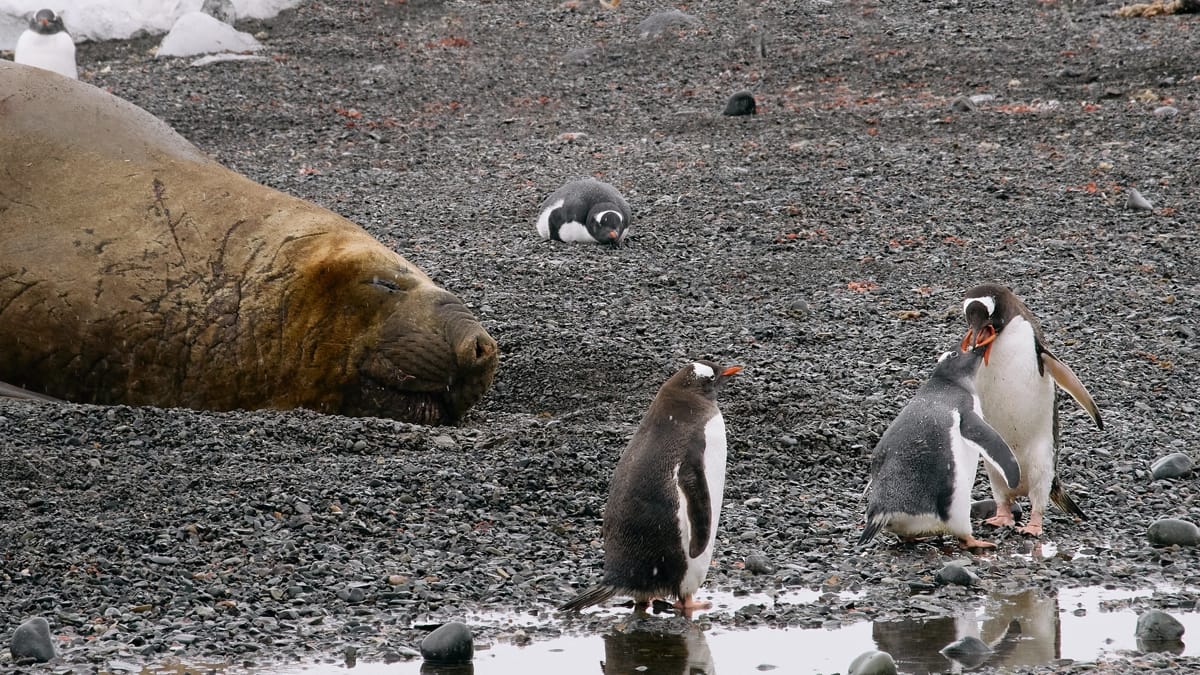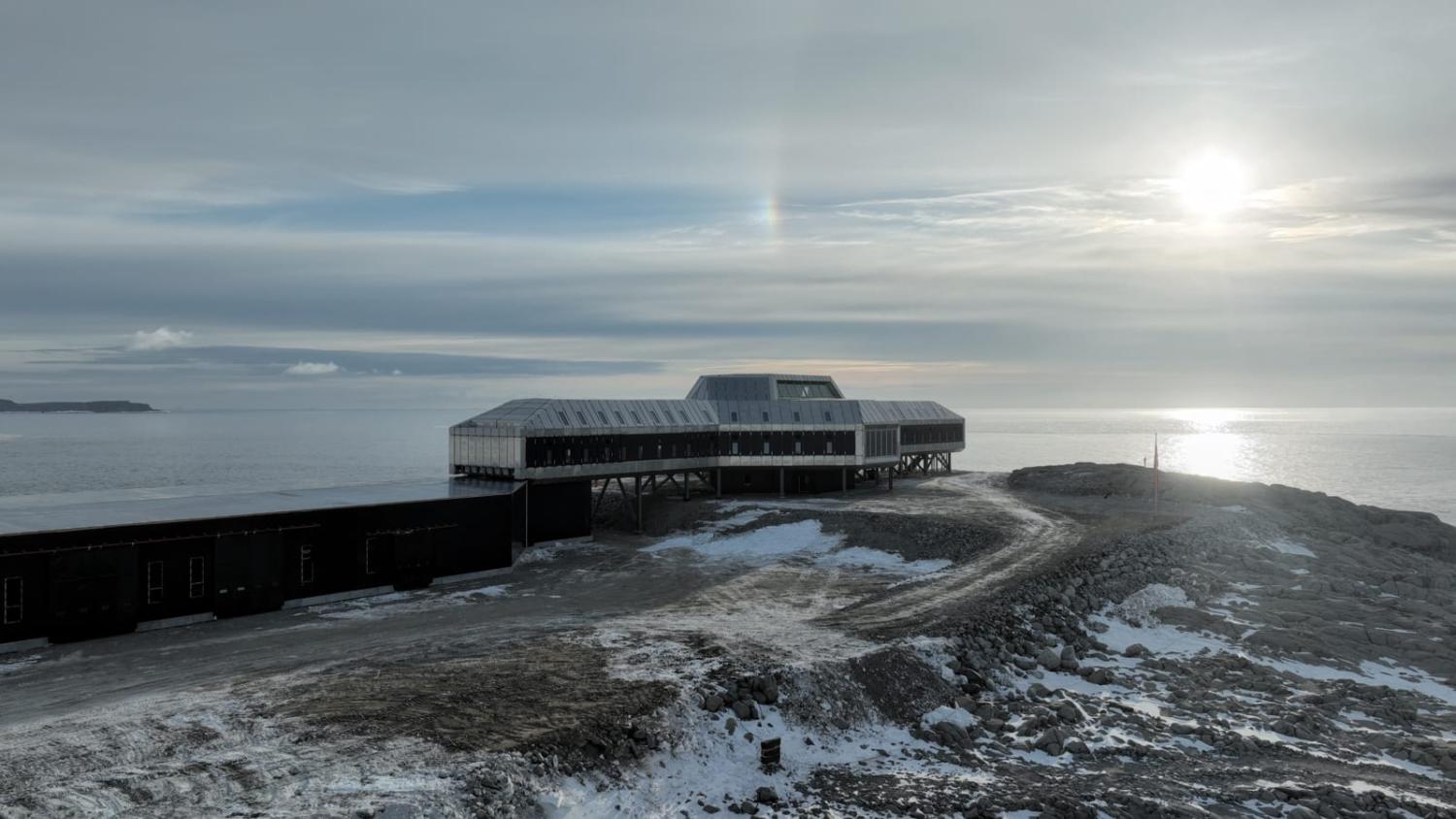China’s new Antarctic station, Qinling, has been greeted with alarm in several recent articles. Some concern and watchfulness is warranted, but strategic panic is not. Given the advantages of the Antarctic Treaty for Australia and like-minded states, using and preserving its non-militarisation and inspection provisions are still the best response to China’s activities.
Many concerns raised over Qinling disregard the practicalities of Antarctica. As well as military activities being prohibited by the Treaty, weather and distance mean it is not a place from which military activity could be launched reliably. After all, Inexpressible Island, where Qinling is located, got its name from the hellish winter a group of explorers suffered when the frozen Ross Sea cut them off from rescue.
The island would also be an inefficient and unreliable place from which to listen to Australia and New Zealand, including space launches in the Northern Territory. Many Southeast Asian and Pacific countries are closer, and some would be more hospitable hosts. The growing number of Chinese satellites going over Australia could also do the job.
Other concerns voiced in recent reports would benefit from more context. It is true that a ground station at Qinling would marginally improve the positional accuracy of China’s maritime reconnaissance satellites. But satellite connections and accurate positional data support scientific research and logistics and are acceptable under the Antarctic Treaty.

The question for policymakers is always whether any dual-use technology gives a military advantage great enough to warrant risking the entire Antarctic Treaty System by calling it out. Since the United States, Norway, India and South Korea also have Antarctic ground stations of various kinds, the answer is likely not. So much hinges on the meaning of “control” of satellites – which could cover anything from the more likely routine checking of a satellite’s position to the unlikely use of Antarctica to relay targeting data and instructions.
And the value of ground stations is in any case in flux, as laser communications are developed for more and faster links between satellites, and between satellites and the ground. Laser links are already being used by Starlink low-orbit satellites serving the US McMurdo station. China is also working on laser links and not one but two Starlink-like systems. Whether faster communications will make Antarctica less unimportant in global satellite systems is not yet clear.
Worries about future Chinese military “control” of the Drake Passage – which is on the other side of the continent from Qinling – are also overdrawn. In a major war, China would have to concentrate on controlling waters closer to China than the Drake Passage.
Moreover, although China has pushed for naval access for years, Argentina and Chile’s new presidents want Chinese investment but are wary of security engagement. Argentina recently declined to join the China-led BRICS grouping and Chile sent a submarine to monitor illegal Chinese fishing in its waters. In contrast, the United States has biennial naval warfare exercises with Chile and an annual maritime exercise with multiple regional navies.
Qinling is, however, very well located for “research” fishing and krill taking where it is permitted under the Ross Sea Marine Protected Area; most Antarctic Treaty members would not want such permissions abused. The Ross Sea is also a good place for bioprospecting – seeking plant and animal species from which commercially valuable chemicals and processes might be derived – but who benefits and how it is regulated in Antarctica remains contested.
Research into Southern Ocean sea states, bathymetry, and salinity conducted at Qinling could be relevant to any future Chinese submarine presence in the Southern Ocean. In the event of a major war, in which Australia’s northern sea approaches might be threatened, hostile submarines could deter commercial shipping to Australia from the south.
The main answer to all such concerns is to maintain scientific cooperation and to keep up inspections of stations to verify non-militarisation, as provided for under the Antarctic Treaty. Qinling was inspected by Australia and the United States in 2020 and could easily receive future visits from nearby US, Italian, NZ and South Korean stations. It may also be possible to keep tabs from space, which is not prohibited by the Treaty.
In addition, an increase in Australia’s own research and surveillance capabilities in the high seas of the Southern Ocean would help in current search and rescue responsibilities – and any future naval operations.
Rather than Australia not being strategic enough in its Antarctic activities, it could be argued that until recently it has been too driven by strategic competition. Money went into investigation of a year-round runway that would have increased Australia’s Antarctic standing and presence. But with hindsight, it could have been better spent on science and more flexible logistics that could facilitate inspection of stations in the Australian Antarctic Territory.

